Short Course - Bioelectronic Devices Based On Electrical Double-Layers
Fundamentals, Characterisation & Design
Tuesday 17 February 2026
Cripps Court Conference Centre, Magdalene College, Cambridge, UK
COURSE FOCUS
This course focuses on electrical methods to characterize devices that use electrical double-layers for bioelectronic sensing. These devices encompass a wide array of applications, such, as skin-adherent devices for monitoring physiological changes on the skin's surface or electrophysiological signals. Other examples include electrolyte-gated transistors used to detect the presence of biochemicals or to interact with living cells. Devices to stimulate living tissues and cells and also rely on electrical double-layers. A critical aspect of developing these types of bioelectrical devices lies in understanding the design principles that yield optimal sensing performance. This involves careful consideration of device geometry and a judicious selection of materials used in their fabrication. Given that these bioelectrical devices operate within electrolyte mediums, it is imperative to employ electrical addressing techniques that minimize electrochemical reactions, which often lead to drifts and instabilities. Furthermore, these devices often are used to detect ultra-weak signals at low frequencies, the minimization of intrinsic and extrinsic electrical noise is also crucial.
This course is taught from a practical perspective, emphasising a hands-on approach. The course is led by Prof Henrique Leonel Gomes of Coimbra University.
COURSE OUTLINE
Tuesday 17 February 2026
08:30 – 09:00 Registration
09:00 Course begins
Introduction
Fundamental concepts about electrical measurements in bioelectronic devices
The electrical double layer (EDL)
The EDL and its role in bioelectronic sensing devices.
The electrical impedance of the EDL
Drifts and long-term electrical stability of the EDL.
The noise generated by the EDL and the detection limits in voltage and in the current detection method.
Geometrical design rules to optimize devices that use the EDLs for sensing.
Material strategies to optimize the EDL impedance for sensing.
Electrical probing of changes in the electrical double-layer. Steady-state techniques, transient analysis.
Electrical modeling of the EDL and parameter extraction for sensing purposes.
Neuromorphic behaviour of ELDs.
Electrical stimulation through electrical double-layers (tissues and cells)
The displacement current across capacitors and their impact on cells and tissues.
Transient analysis of EDL using equivalent circuits.
Electrochemical drifts and calibration.
Electrolyte gated transistor devices
Operation principle.
Diode-gated transistors.
Geometrical design rules for electrolyte-gated transistors.
Recipes for a proper electrical characterization of electrolyte-gated transistors.
Electrical techniques for probing electrolyte gated transistors when used as sensors.
Electrophysiological sensing
Bioelectrical signals in excitable and non-excitable cells, including bioelectrical signals in plants.
Detection amplification of ultra-low frequency bioelectrical signals.
Instrumentation, amplification, and bandwidth consideration.
Electrical noise.
Applications of bioelectronic devices
Skin adherent devices.
Brian-machine interfaces.
Electrophysiological monitoring of biological tissues and cells.
Devices for monitoring plants and their applications in agriculture.
Detect
Detection of microorganisms (bacteria, algae, etc)
12:30 Course ends
COURSE LEADER
Dr Henrique Leonel Gomes, Associate Professor
Coimbra University, Portugal
Henrique Leonel Gomes is Associate Professor in the Department of Electrical and Computer Engineering at Coimbra University, Coimbra, Portugal. He heads the Organic Electronics and Bioelectronics research group. He was awarded BSc in Physics from the Universidade de Aveiro, Portugal and a PhD in Electronic Engineering in 1994 from the University of Wales, Bangor.
His research interests have been directed towards the electrical characterisation of electronic devices such as field effect transistors, diodes and capacitor structures. He has a recognized experience in small signal impedance measurement techniques. In the field of organic electronics, key contributions include (i) studies of gate bias stress in organic transistors, (ii) systematic investigation of polymer Schottky diodes and understanding their ac small signal response through equivalent circuit modelling, (iii) studies of resistive switching on polymer-based memory devices (plastic-RRAMs). Since 2000, his research activities have expanded to encompass the interaction between electronic devices and living cells to develop biosensors and biomedical devices.
Henrique Gomes established at the Coimbra University a renowned infrastructure that provides a broad range of electrical measuring techniques to evaluate device performance, electrical stability, electrical noise and device reliability. His research laboratory has established a number of active collaborations with academia and with European companies, namely with Philips Research labs at Eindhoven, (NL) where together with Prof. Dago de Leeuw he published numerous papers on the characterization of organic field effect transistors (OFETs), organic light emitting diode (OLEDs), and resistive switching memory devices.


